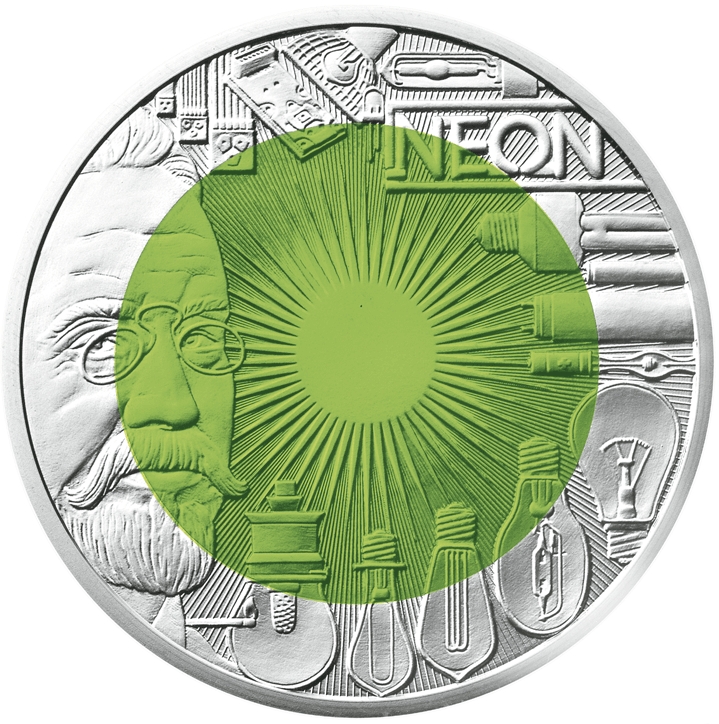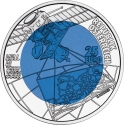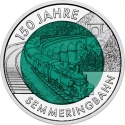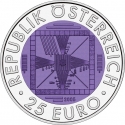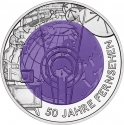You are about to finish your registration. Please check your mailbox (including spam folder). There should be a letter with a confirmation link. Check setting to make sure that your e-mail address is correct.
Send letter againDescription
Carl Auer von Welsbach (1858–1929) was an Austrian scientist and inventor, who had a talent not only for discovering advances, but also for turning them into commercially successful products. He is particularly well known for his work on rare-earth elements, which led to the development of the flint used in modern lighters, the gas mantle, which brought light to the streets of Europe in the late 19th century, and for the development of the metal-filament light bulb.
In 1903 Auer von Welsbach won the patent for a fire striker ("flint") composition named ferrocerium. Welsbach's flints consisted of pyrophoric alloys, 70% cerium and 30% iron, which when scratched or struck would give off sparks. This system remains in wide use in cigarette lighters today. In 1907 he formed Treibacher Chemische Werke GesmbH to build and market the devices. In 1920 he received the Siemens-Ring, one of the highest awards for technical sciences in Germany, as his name had become a synonym for the rise of artificial lightning.
Over the rest of his life he turned again to "pure" chemistry and published a number of papers on chemical separation and spectroscopy. He presented a major paper on his work on the separation of radioactive elements in 1922.
In 2008, the 150th anniversary of his birth, the Austrian Mint used Welsbach as the main motif for that year's bimetallic 25 euro coin. Unlike the previous coins, it was designed by Herbert Wähner alone. The coin's center is light green in color. In 2010, it won Krause's Most Innovative Coin Award for 2008.
Obverse

|
Depicted in the niobium "pill" on the obverse is an image of a man on a ladder lighting a gas lantern street light in front of the Musikverein concert hall in Vienna. Light beams are engraved into much of the silver ring, and parts of the street light, the man and the ladder, and the concert hall are shown extending outside of the center. REPUBLIK ÖSTERREICH |
|---|---|
Reverse

|
The entire reverse features illustrations. A left-facing partial portrait of Carl Auer von Welsbach is present at the left-hand side, and the sun is depicted in the center of the niobium pill. Several methods of illumination are spread out along the silver ring, including gas lighting, a variety of incandescent light bulbs, neon lights, light-emitting diodes, and a flashlight. Of the neon lights, one of them reads "NEON". NEON |
| Edge |
Characteristics
| Type | Commemorative Issue (Non-circulating) |
| Material | Bi-Metallic |
| Ring | Silver |
| Center | Niobium |
| Weight | 16.5 g |
| Diameter | 34 mm |
| Thickness | 2.55 mm |
| Shape |
|
| Alignment | - |
| Mint |
Austrian Mint
|

